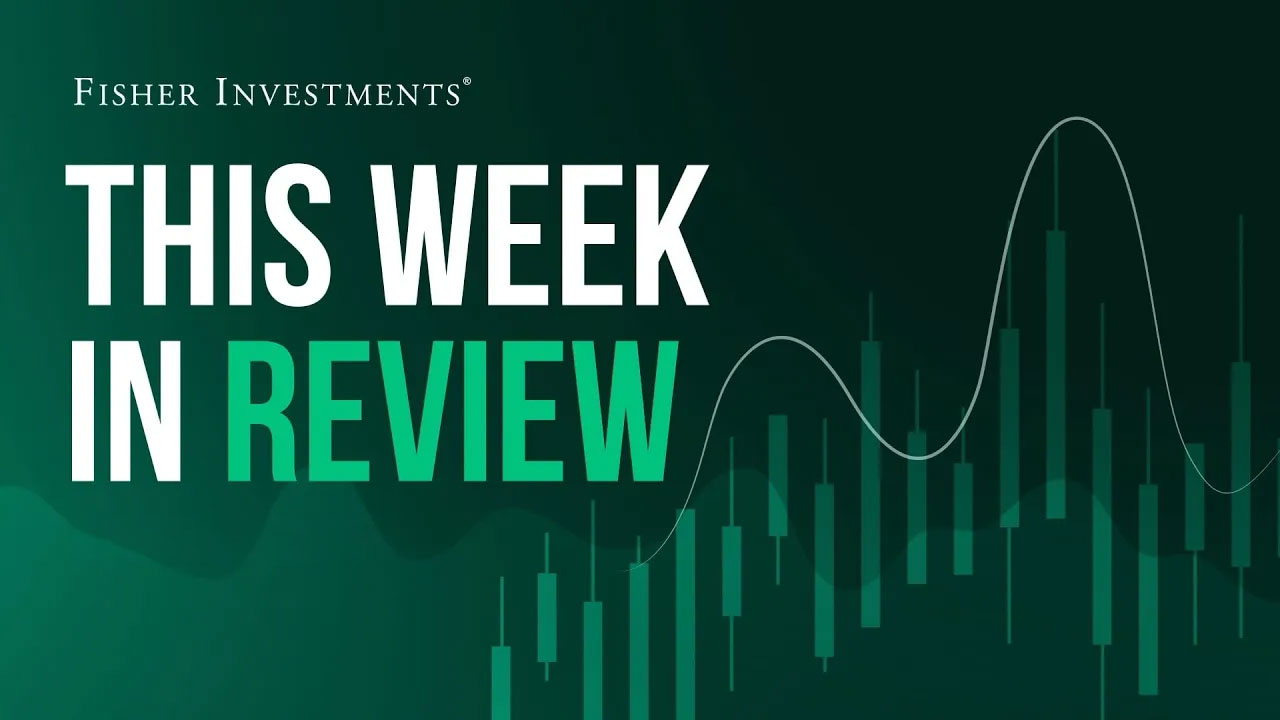Personal Wealth Management / Market Analysis
What Q2 2024 US GDP Says About Sentiment
Stocks should like today’s budding optimism.
Q2 US GDP hit the wires Thursday, and people were ... oddly happy.
They noted the acceleration from 1.4% annualized growth in Q1 to 2.8% and cheered the economy’s resilience in light of higher interest rates.[i] “Soft landing” chatter started giving way to more vibrant adjectives. Some coverage started looking to 2025 with rose-colored glasses, speculating about a pending boom as public investments start paying off.
The sentiment uplift is encouraging, and it matches what we have observed elsewhere this year. Budding optimism is a fine thing for stocks, and we still see some skepticism—this isn’t euphoria. But there are hints of what misplaced optimism may eventually look like in today’s GDP coverage, and we think investors would do well to take note.
To be clear: This was a good report. Not only did GDP accelerate, but the private-sector components most relevant for stocks shone brightly. Business investment accelerated from 4.4% annualized to 5.2% as corporations went on offense.[ii] Investment in equipment, which suffered as businesses spent two years cutting back in anticipation of a recession that never arrived, surged 11.6% annualized. Investment in intellectual property products (software, research & development, etc.), which has been doing a lot of the heavy lifting, slowed but still grew a respectable 4.5% annualized.[iii]
Spending on commercial structures took a breather after a banner stretch, falling -3.3% annualized, but this looks more to us like a redeployment of resources than overall nerves.[iv] Also supporting the return to offense, the inventory drawdown flipped to a boost, adding 0.8 percentage point to headline growth.[v] That contribution is, as inventories always are, open to interpretation. But after several quarters’ falling contributions, this looks to us like restocking.
We have said for a while that after two years of trimming excess and building balance sheets, corporate America was ready to hit the gas. You could see it in capex plans, big cash buffers, the return to earnings growth and improved guidance for both earnings and revenues. Companies had the will and the firepower, and now it seems we are seeing more fruit. Stocks have seen this coming, and we think this year’s rally has, in part, pre-priced it. But we suspect there is more to come.
At the same time, we think it is important to be measured. So, let us talk about consumer spending, which inspired a lot of cheer. It accelerated from 1.5% annualized in Q1 to 2.3%.[vi] Headlines cheered the dual growth in goods and services, heralding consumers’ strength and the rising wages that underpin it. Which, sure, totally. That is correct, in our view. But there may be a bit of a base effect here as well. We noted last quarter that the BEA has struggled with seasonal adjustments in Q1, with lockdowns and reopening compounding the problem. The seasonally adjusted results, it seemed, didn’t quite scrub away the normal post-holiday hangover. That isn’t the only reason consumer spending on goods fell -2.3% annualized in Q1—the auto industry’s ongoing supply struggles played a role there—but it probably contributed, setting a lower baseline for Q2 and enabling a shinier result.
We aren’t trying to talk things down or say spending was bad, weak, or, or or. It was good! We simply note: A discussion of the base effect was absent from the broader news coverage. In a more pessimistic or skeptical environment, pundits would usually look for every darned cloud in the silver lining—and invent some if they found nothing. Now, they seem much more eager to brush past caveats. Again, this is the tiniest of caveats. But omitting mention of them is the sort of thing you will see a whole lot more, in glaring and increasingly illogical ways, when sentiment does reach euphoria eventually. Therefore, we think it is important to train your eyes and mind to spot it now, well before that happens, so that you are equipped.
In the meantime, while sentiment is a lot warmer, there is still enough skepticism to preserve a bullish gap between expectations and reality. While pundits do seem to have shaken off rate fears for today at least, they found other reasons to preach tempered expectations. The common thread seemed to be a focus on the labor market. Several articles warned only solid employment is enabling consumer spending and noted the uptick in weekly jobless claims lately. If layoffs continue and escalate, they warn, it will sap consumer demand and threaten the broader expansion.
In our view, this gets things backward on a few fronts. Consumer spending is pretty stable even at times of high unemployment, since most of it goes to essential goods and services rather than luxuries and nice-to-haves. Hence why business investment, not spending, tends to be the economic swing factor. Additionally, economic growth generally creates jobs, not the other way around, with rising unemployment following economic contraction at a lag. To us, this is misplaced skepticism, making it easier for reality to keep delivering positive surprise.
If you would like to contact the editors responsible for this article, please message MarketMinder directly.
*The content contained in this article represents only the opinions and viewpoints of the Fisher Investments editorial staff.
Get a weekly roundup of our market insights
Sign up for our weekly e-mail newsletter.

See Our Investment Guides
The world of investing can seem like a giant maze. Fisher Investments has developed several informational and educational guides tackling a variety of investing topics.



